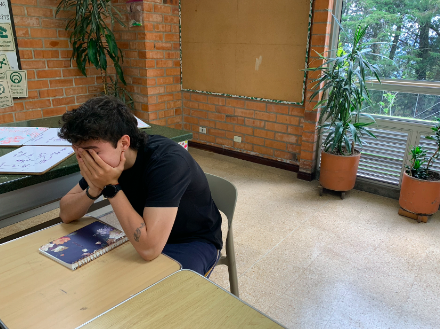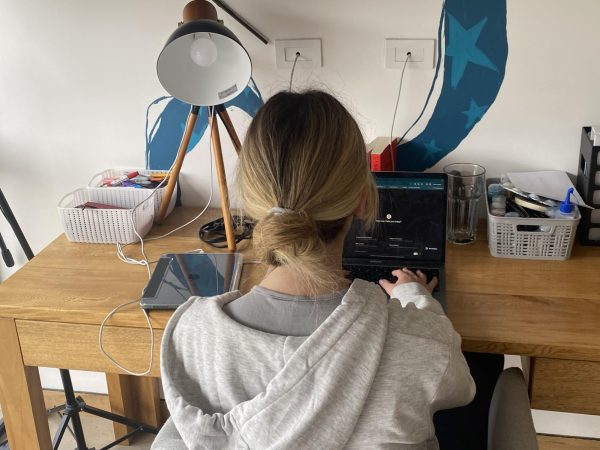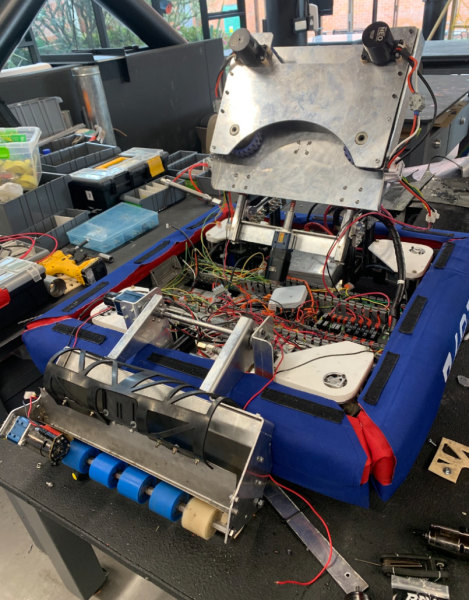REACHING THE EQUILIBRIUM POINT
TCS’ cafeteria, ServiExpress, doesn’t only take care about fulfilling their customer’s needs but also about maintaining an order between costs and profits.
The determination of a point of equilibrium is one of the central elements in any type of business because it allows us to know the level of income that covers fixed and variable costs. Trends are often presented in this type of business, the quantity sold of a specific product often varies depending on the time of the year.
“Accommodating to the changes in production and sales is not an easy task,” stated Leidy Ossa, TCS’ cafeteria employee in charge of the empanadas production. “When we see that there is an inadequate amount of a specific product we have to sit down and analyze rather we increase production or suspend it.”
Often, some products start to become popular. Everyone likes to eat the same in a homogeneous school. As some products increase in sales, others need to get out of the market.
“The sale of empanadas suddenly started to become popular. Everyone wanted to eat them. So what do we did? We increase the amount of the product to have a good quantity at the time of the delivery to allow everyone to eat empanadas,” stated Sandra Gomez, TCS’ cafeteria cashier.
Since the start of November, the amount of the empanadas production has doubled. Before, 200 empanadas were produced daily, now 400 empanadas are produced and delivered day by day.
“Even though production increases, salary nor staff increases,” explained Sara Suarez, youngest TCS’ cafeteria employee.
ServiExpress’ employees occasionally face dramatic changes in their work, to which they rapidly need to accommodate. There’s not help at all for the respective employees to adjust to their new working rate after labor changes. These employees’ are trained to produce from a minimum to a maximum quantity of a product in the same amount of time, which makes them stay aware of these situations.
“We believe that the production of empanadas will remain increasing for a long time,” clarified Ossa. “We are still having a low production compared to the number of kids that want to buy the product.”

























